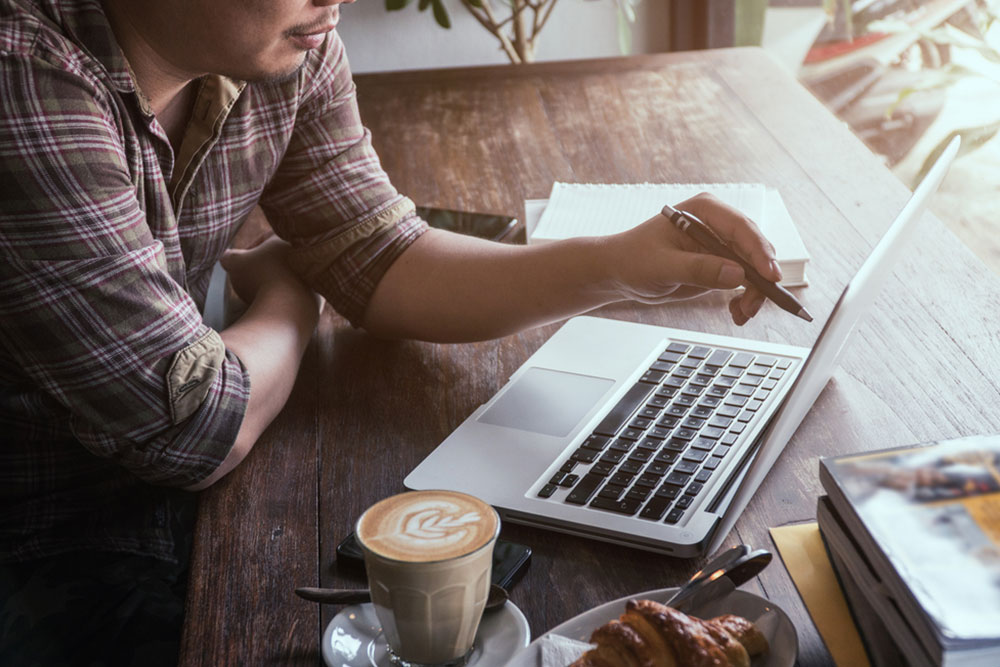Comprehensive Guide to Purchasing a Used Laptop: Tips and Best Practices
This comprehensive guide offers essential tips for purchasing a used laptop. It covers evaluating device needs, inspecting hardware, testing functionality, verifying software authenticity, and choosing reputable brands. Following these best practices can help you avoid costly mistakes and select a reliable second-hand device suited to your needs. Whether for work, gaming, or everyday use, this article provides in-depth advice to ensure a successful purchase and long-term satisfaction.

Essential Tips for Buying a Second-Hand Laptop
Investing in a used laptop can be an economical choice, especially if you know what to look for and how to evaluate a device effectively. Many consumers are tempted by the lower prices of second-hand laptops, but without proper inspection, they risk ending up with a device that underperforms or requires costly repairs. To ensure you make a smart purchase, it’s vital to understand the key factors that influence the value, reliability, and longevity of a used laptop.
First and foremost, define your specific needs and usage scenarios. Are you seeking a portable device for commuting, a powerful machine for gaming or content creation, or perhaps a basic device for casual browsing? Clarifying your goals helps narrow down the minimum specifications required, such as RAM, processor speed, storage capacity, and graphics capabilities. Knowing your primary purpose will aid in selecting features that best align with your expectations and work requirements.
Next, assess the device’s battery health thoroughly. An aging or damaged battery can significantly affect your user experience, especially if you plan to use the laptop unplugged frequently. Ask the seller for details about the battery’s capacity and lifespan. If possible, run a battery diagnostic test or observe how quickly it discharges during use. A healthy battery ensures longer periods of mobility and reduces the need for immediate replacements, saving you money and inconvenience.
Physical inspection is equally important. Examine the chassis, casing, and hinges for cracks, dents, or signs of wear. Scratches and minor scuffs are normal, but structural damages may impact the device’s durability. Pay close attention to the screen—look for flickering, dead pixels, discoloration, backlight bleeding, or cracks. Faulty displays are costly to repair and may not be worth the investment if the damage is severe.
Testing the device’s functionalities is essential. Power on the laptop and ensure it boots smoothly without unusual noises or errors. Test the keyboard and trackpad for responsiveness and comfort. Check all ports—USB, HDMI, audio jacks, card readers—for proper functioning. Run a comprehensive performance check by opening multiple applications or running benchmarks if possible, especially if you plan to use the laptop for demanding tasks like gaming or video editing.
Operating system authenticity and updates are critical in avoiding legal and security issues. Confirm that the OS installed is genuine and has the latest updates installed. Connecting to Wi-Fi and other services should be seamless, so verify wireless connectivity through real-world testing. When choosing a used device, prefer reputable brands such as Dell, Lenovo, HP, or Apple, as they typically offer easier access to replacement parts and reliable support services.
Price is a vital consideration. Be cautious of sellers asking for prices higher than market value for devices lacking warranty or after-sales support. When possible, opt for laptops that come with a limited warranty or guarantee—this provides peace of mind and peace of mind in case issues emerge shortly after purchase.
In summary, buying a used laptop requires careful evaluation of multiple factors. By understanding your needs, inspecting the device thoroughly, testing all components, and verifying software authenticity, you can make a smart purchase that offers excellent value and reliable performance. Taking these steps minimizes risks and ensures that your investment pays off in the long run.





